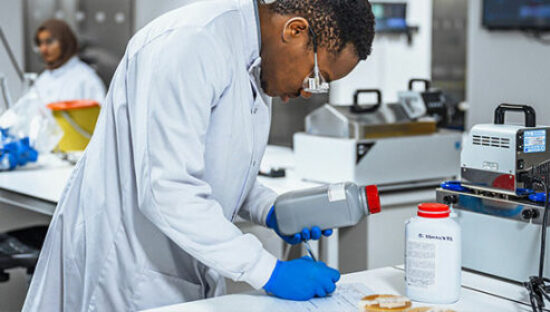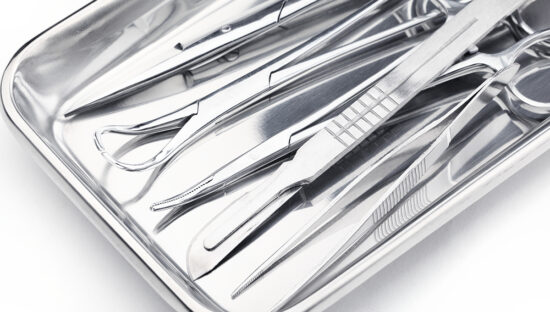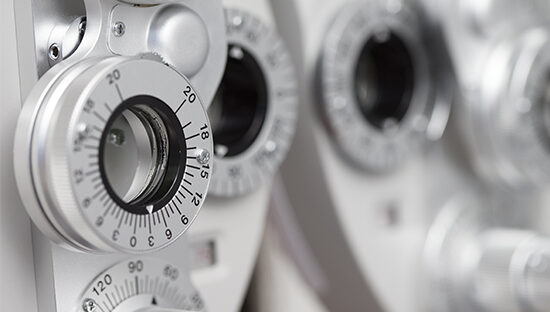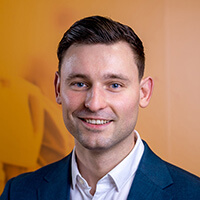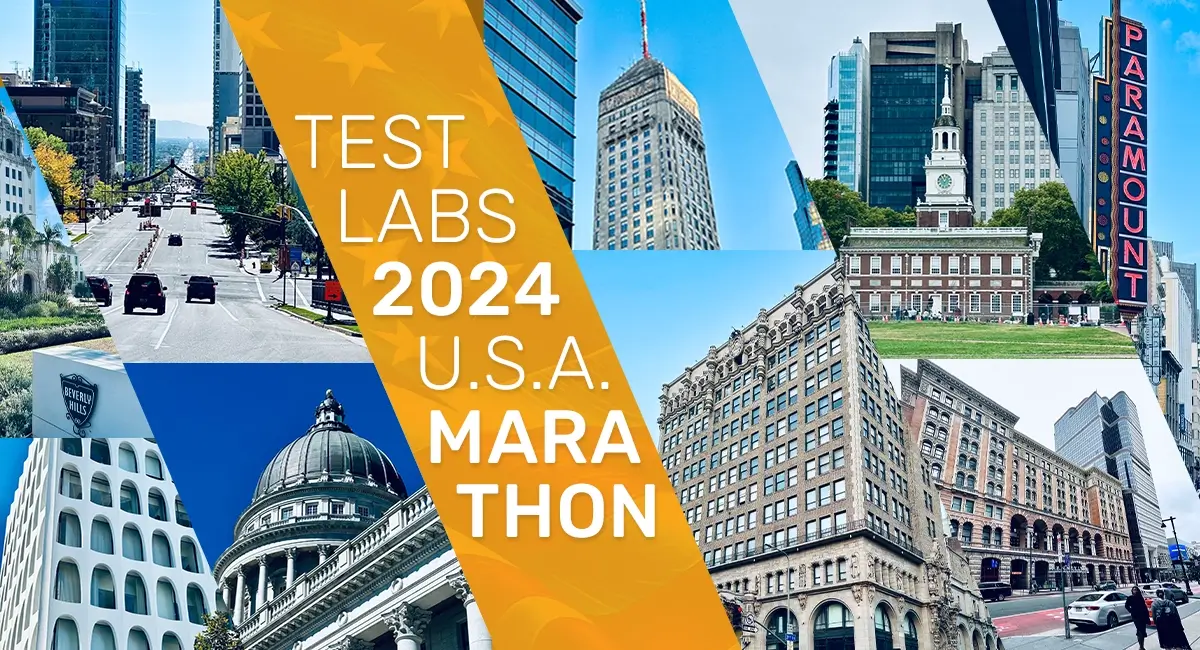
Long Story Short
My recent journey across the United States, which I dubbed the “2024 USA Marathon,” offered a rare and direct glimpse into the world of the U.S. medical device industry. With stops in key cities like Boston, Philadelphia, Salt Lake City, Irvine, Minneapolis, and Atlanta, I aimed to connect personally with industry leaders, listen to their pressing concerns, and gather insights that would help align Test Labs with the specific needs and opportunities of this critical market.
At each stop, the value of face-to-face interaction became clear, and I left with a deeper understanding of both the challenges and the regulatory realities that U.S. medical device manufacturers face today. In Boston, conversations at MEDevice revealed an industry-wide need for earlier engagement with testing labs, while in California and Minneapolis, the trend toward increasing domestic testing capacity was undeniable. Across the board, regulatory demands are prompting companies to reassess their budget strategies and prioritise U.S. and EU-based testing, avoiding potential compliance risks associated with overseas facilities.
My Key Takeaways:
- FDA’s efficiency: A major insight from my conversations is that the U.S. is moving faster than the EU on many fronts, creating a regulatory environment where long-term relationships with the agency are becoming a competitive advantage for U.S. manufacturers.
- Growing domestic lab capacity: Across the U.S., labs are expanding to meet surging demand for reliable, domestic testing solutions. This shift is key, as manufacturers prioritise U.S. or EU-based testing to avoid potential compliance risks associated with overseas facilities in China and India.
- Budget shifts toward compliance: With regulatory costs rising, I observed that companies are rethinking their funding approaches for compliance – a shift that will likely redefine how manufacturers approach regulatory and operational strategies moving forward.
After more than a hundred conversations and a wealth of first-hand observations, I returned inspired, not only by the knowledge gained but by the incredible potential for Test Labs to expand our U.S. partnerships, remain ahead in innovation, and drive value for our clients.
Test Labs 2024 USA Marathon: Insights from the U.S. Medical Device Market
After months of planning, my team and I finally set off on a long-anticipated trip across the United States. This wasn’t just another business outing – it was a chance to dig deep into the unique challenges and opportunities the U.S. medical device industry faces. I aimed to gather the insights necessary to refine our strategy at Test Labs, ensuring we stay relevant and aligned with the requirements of the U.S. market, remaining at the forefront of medical device innovation and compliance. While we’ve made strides in Europe and the Middle East – succeeding at MEDICA, Arab Health, and other UK MedTech events – this was an opportunity to be on the ground and connect with the US market directly.
Why? Because you can’t grow by sitting in boardrooms. Real progress comes from face-to-face conversations, the kind where you look someone in the eye and ask, “What keeps you up at night?” That kind of honest dialogue fuels innovation and helps us to continue delivering top-tier services. We often look for unique insights and approaches that our clients might not have considered, as that’s how we measure our relevance. Jamie Dimon, CEO of JPMorgan Chase, recently emphasised the importance of curiosity in leadership – CEOs need to be constantly learning and asking the right questions. He argues that traveling allows leaders to experience different markets first-hand, keeping organisations dynamic. This sentiment resonates strongly with me, especially in an industry as complex as ours.
While we’re already working with clients across North and South America, this trip was about deepening that engagement. Our visit to FIME in Miami earlier this year brought valuable insights and helped us secure several clients, as Marianne shared in her post. Now, it was time to take things a step further.
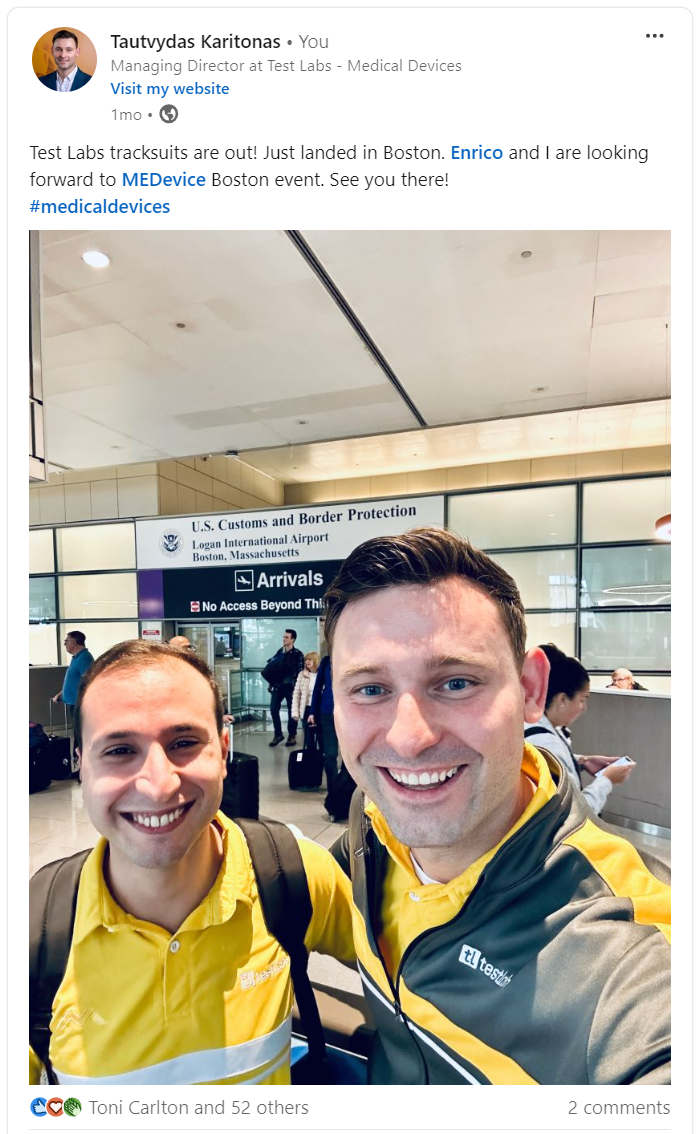
Boston MEDevice insight
The trip started with MEDevice Boston, where Enrico and I arrived, ready to absorb everything the event offered. Was it smaller than expected? Sure, but that’s often where the best conversations happen. Instead of getting lost in the crowd, we had time to dive deeply into pressing issues. My favourite way to break the ice? Asking, “What’s your plan for today?”. You’re all set – the stand looks great, delegates are pouring in – you must have a plan, right? It sparks great conversations, and I often see people pause before they answer. We spoke with nearly every exhibitor, including four medical device testing labs, which was invaluable.
What struck me was how many component manufacturers still take a hands-off approach to regulatory compliance, leaving it as an afterthought for device manufacturers. I see this as a missed opportunity, particularly in a market that’s only getting more competitive. Forward-thinking companies are recognising the value of compliance testing to meet regulatory standards and add assurance for their customers.
A recurring theme at the conference was biocompatibility and device safety, with regulators worldwide tightening demands, especially around material testing. One standout presentation covered the top 10 considerations when submitting a 510(k) application to the FDA – a must-know in this environment of increasingly stringent regulations. The presentations from teams at Labcorp, Eurofins, and Gradient showed that the industry is waking up to these new requirements, with regulators expecting more data, especially for evolving products and manufacturing processes.
Philadelphia’s MedTech Market
After a packed few days in Boston, Enrico headed back to London while I continued on to Philadelphia. Pennsylvania’s medical device market is worth $3.6 billion and employs over 7,000 people. I connected with several industry leaders to gain a clearer picture of the future direction of the sector. And yes, I couldn’t resist trying the city’s iconic cheesesteaks and taking in the historic landmarks before heading to Newark to catch my flight to Salt Lake City.
Salt Lake City and the Green Guru Conference
Salt Lake City, surrounded by stunning mountains, was the venue for the Green Guru Conference at Nelson Labs. The conference was smaller than expected, but this worked in my favour – it allowed us time to connect meaningfully with attendees and engage in real conversations. One thing that stood out was a panel discussion about the late engagement of device manufacturers with testing labs. Thor Rollins from Nelson Labs voiced his frustrations about companies seeking expert advice too late, after design and materials are already set. This leads to products getting “stuck,” wasting time and resources. We discussed that early-stage development teams should include technical expertise across all disciplines to avoid such issues.
I asked what we, as testing industry representatives, could do to change this trend, as products are being developed right now without lab involvement, which could lead to regulatory issues down the line. The room had very few engineers or R&D directors present, which highlighted my point – how do we get them engaged early on? The conference ended with a live podcast session, where I shared thoughts on this topic, which I expanded on in my LinkedIn article, How Do Teams Win? A Personal Take on Business Alignment. Touring Nelson Laboratories’ facilities afterward was impressive; their setup and the sheer volume of tests they complete weekly are remarkable.
California: Conversations in the MedTech Hub
Next stop: California, specifically Irvine, after landing in LAX. California is indeed a central hub for the MedTech and medical device industry, home to over 13,600 companies operating within the life sciences and medical device sectors. As of recent estimates, California’s medical device sector supports roughly 335,000 direct jobs, while indirectly contributing to over 1.1 million positions statewide. In terms of economic impact, the industry generates approximately $472 billion annually for the state, making California a key contributor to both the national and global MedTech landscape.
Orange County, particularly Irvine, has earned recognition as a premier location for MedTech innovation. Irvine alone houses around 60 mid- to large-sized companies specialising in medical devices, and Orange County as a whole has over 1,500 medical device and equipment businesses. This region is also home to some of the most prominent names in the field. Through pre-arranged meetings, I connected with industry players to better understand their needs. I was struck by the significant investments even medium-sized businesses are making in compliance – one company I met had already spent over $1 million on biocompatibility testing this year alone. The consistent themes were increased FDA regulatory pressure, prolonged testing timelines, and limited capacity in US-based testing facilities.
Minneapolis: MD&M
In Minneapolis, I attended the MD&M event, which was significantly larger than MEDevice Boston. The range of exhibitors was impressive, featuring major testing labs and regulatory consultants. To keep track of the many organisations I connected with – Nelson, Eurofins, Steris, TUV, BSI, SGS, Canyon, and Namsa – I had to make a list to ensure no follow-up would be overlooked.
Conversations at MD&M reinforced some major trends I’d observed on this trip: there’s a rapidly growing demand for increased domestic testing capacity. This is driven partly by manufacturers’ reluctance to send technology to labs in China or India, as concerns over non-compliance and fraudulent results have caused many companies to prioritise U.S. and EU testing alternatives. This demand for domestic lab capacity is something established players are actively responding to. I heard from many labs that they’re opening new sites on both the East and West Coasts, with Texas emerging as a potential hub for growth. These are exciting times for our industry, with many new opportunities arising for professionals in this field.
The technical presentations at MD&M were equally valuable, especially those focused on the evolving regulatory landscape and innovative analytical testing methods. One standout was Justin Metcalf’s presentation on particulate testing in medical devices. Afterward, we discussed how manufacturers are handling testing for products already on the market. Resistance is common, particularly in the EU, where up-classified products now require additional testing to remain compliant. This challenge is tangible, and it will likely take time for manufacturers to fully adjust to these new regulatory demands.
I took the opportunity to ask exhibitors about their views on Minneapolis as a MedTech hub, and I was overwhelmed by the positive responses. Many referred to Minneapolis as a leading city for MedTech in the USA, with a high concentration of medical device businesses headquartered here.
On a personal level, this stop was particularly special as it gave me a chance to reconnect with colleagues I’d previously only worked with virtually. It was one of the main reasons I looked forward to visiting Minneapolis. Over dinner and at a local jazz club – where I learned that Prince kept a private table – I enjoyed some quality time. I’m incredibly grateful for the warm welcome, and I already look forward to my next visit.
Final Stop: Atlanta
My final stop was Atlanta, where I had several meetings. Admittedly, by this point, I was a bit homesick, but Atlanta’s energy and the people I met left a lasting impression. I even struck up meaningful connections on the flight in – sometimes, a simple hello to your fellow passenger goes a long way.
The USA Marathon
Back in the UK, I’m now processing the volume of insights and contacts from the trip. While I’m a bit tired, I’m inspired. This journey exceeded my original goal of connecting with the US market and getting better understanding of services that the market requires. With over a hundred meaningful conversations, a wealth of new contacts, and valuable insights form the event tech talks, specifically FDA regulations and industry trends, I feel energised about our future engagement with the US market.


